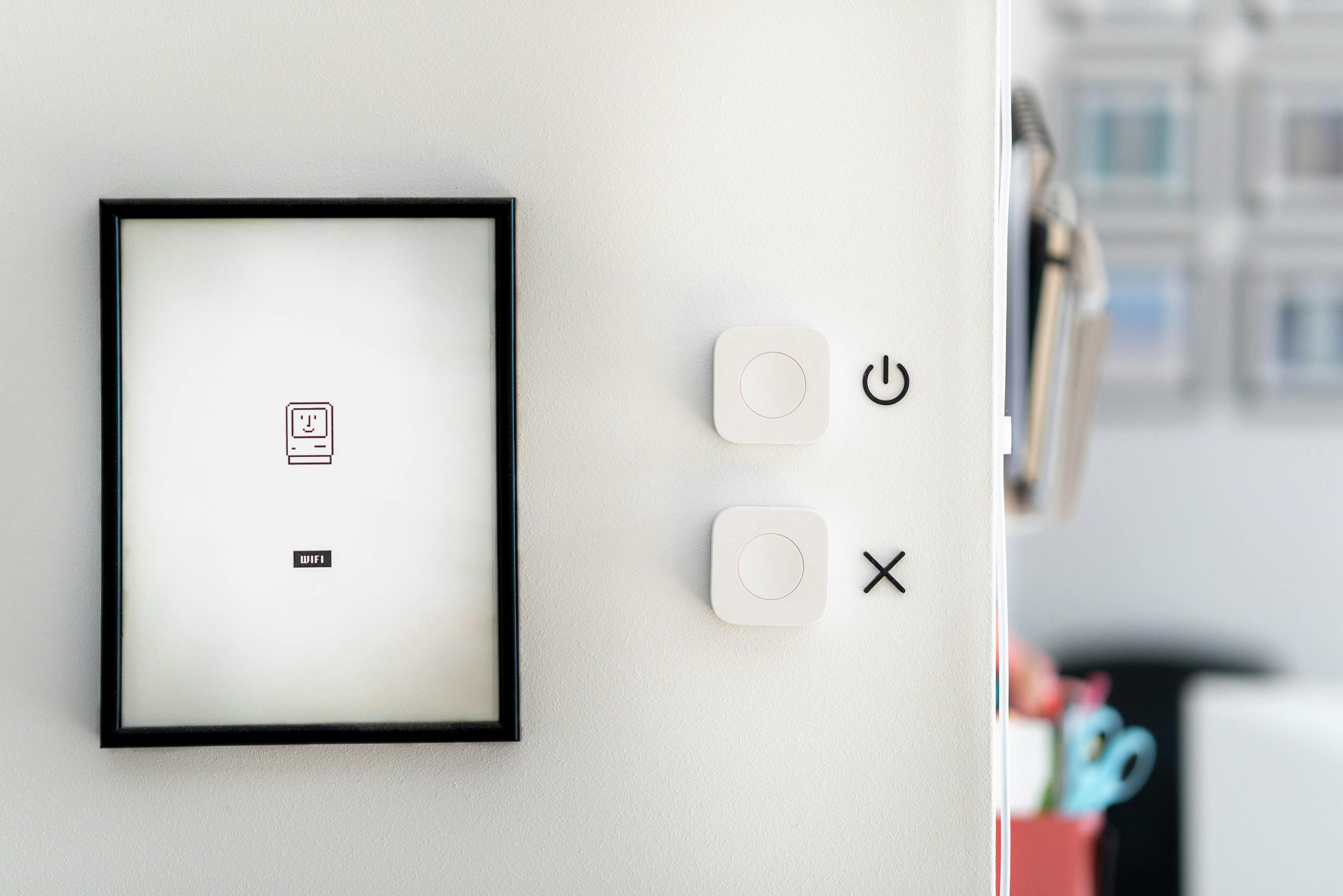Title: Understanding the Benefits of High-Speed Internet at Home: Is 2Gbps Really Necessary?
In today’s digital age, many households are upgrading their internet connections to fiber-optic technology, with speeds soaring up to 2Gbps. While the faster connection certainly sounds appealing, a curious question arises: what are we actually doing with this level of speed at home?
Recently, I made the leap from a basic 10Mbps connection to a robust 2Gbps fiber optic service. Initially, I was excited about the possibilities. However, it seems that a significant portion of my online experience hasn’t changed as dramatically as anticipated. The reality is that many websites are unable to utilize the full bandwidth, typically maxing out around 800Mbps. Beyond a few exceptions, such as Google and Steam, I haven’t encountered many scenarios where I’ve fully maximized my new download speeds.
Interestingly, when utilizing a VPN for downloads, my speeds often dip to around 400Mbps, further underscoring how challenging it can be to fully utilize the high-speed capabilities of fiber for everyday tasks. In fact, the primary motivation behind my upgrade was the appealing price point—fiber was offered to me at the same cost as my previous ADSL service.
So, this led me to ponder the question: what can one realistically do with a connection speed of 2Gbps?
Exploring the Potential of 2Gbps Internet
While it might seem that such high speeds are overkill for standard home internet use, there are several scenarios where they can make a significant difference:
-
Multiple Users and Devices: In households with numerous users or connected devices, a 2Gbps connection ensures that everyone can stream, game, or work from home simultaneously without experiencing any slowdowns.
-
High-Quality Streaming: For those who enjoy streaming high-definition content or gaming in 4K, faster internet can alleviate buffering issues, allowing for a smoother, more enjoyable experience.
-
Large File Transfers: If you’re frequently transferring large files—be it for work purposes or creative projects—having a connection that can handle immense data transfer rates can save a lot of time and frustration.
-
Future-Proofing: As technology continues to evolve, so too will our online habits. Upgrading now can be a proactive measure to accommodate future developments in internet technology and increased data consumption.
-
Smart Home Devices: With the rise of smart home technology,
Share this content:




One Comment